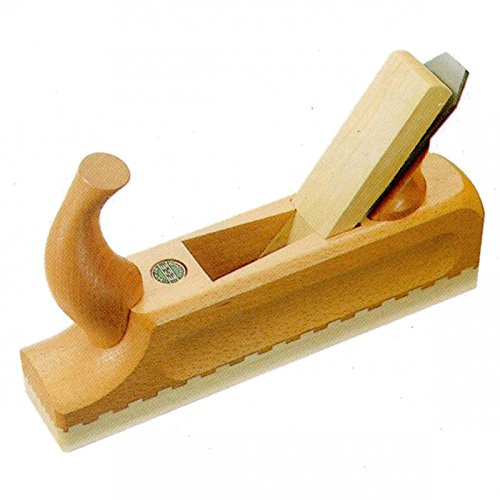Jacob's arguments in favour of lighter planes seem to be borne out by the physics, but only if you look at it a certain way. How about factoring in that it's much harder for the wood to stall a heavier plane than a lighter one?
And as I made reference to a couple of pages back, in the days of woodies only the standard plane for shooting was a jack or larger. I don't think this was at all an accident since you can shoot perfectly well with a coffin smoother*. It's of course impossible to prove either way, but I would contend they specifically chose not to.
Much user experience firmly argues that a plane of greater mass can be the better choice, and there are at least three here that are in favour of this in practice and I know of at least two references to this in books (explicitly stated, not something you have to infer).
*And in fact used appropriately that's one easy way to introduce a skew action!
And as I made reference to a couple of pages back, in the days of woodies only the standard plane for shooting was a jack or larger. I don't think this was at all an accident since you can shoot perfectly well with a coffin smoother*. It's of course impossible to prove either way, but I would contend they specifically chose not to.
Much user experience firmly argues that a plane of greater mass can be the better choice, and there are at least three here that are in favour of this in practice and I know of at least two references to this in books (explicitly stated, not something you have to infer).
*And in fact used appropriately that's one easy way to introduce a skew action!





